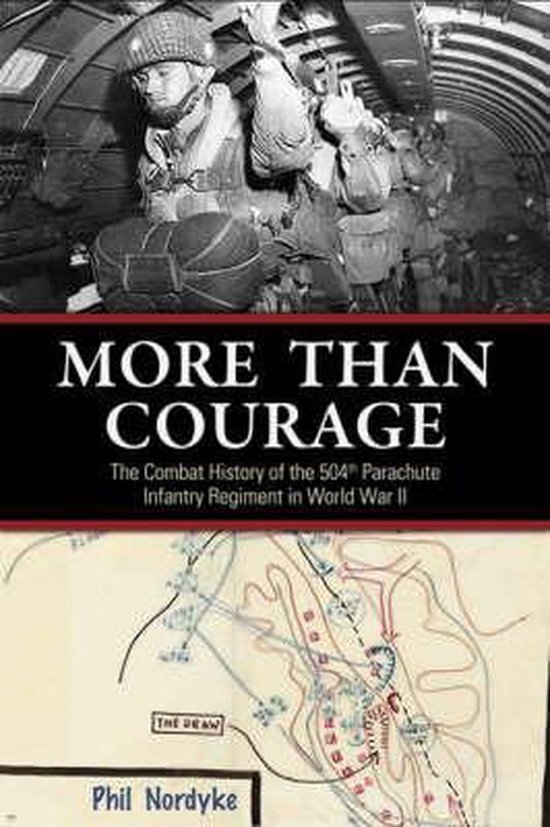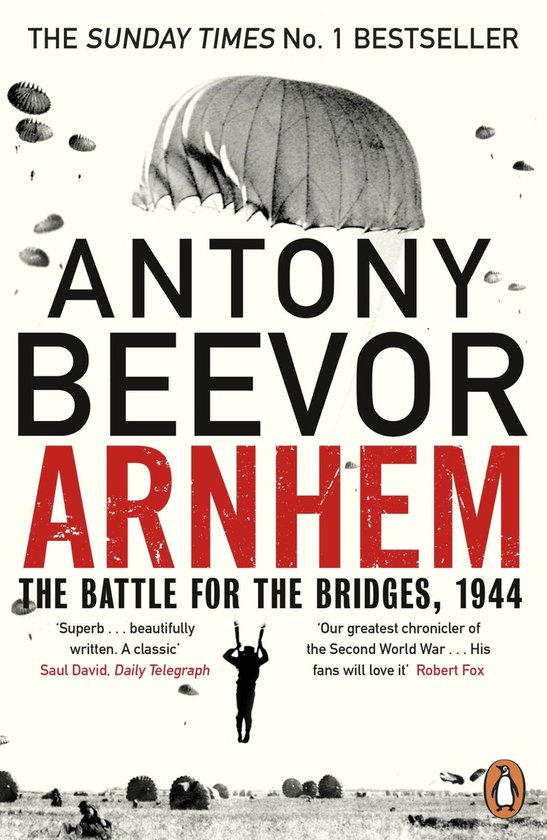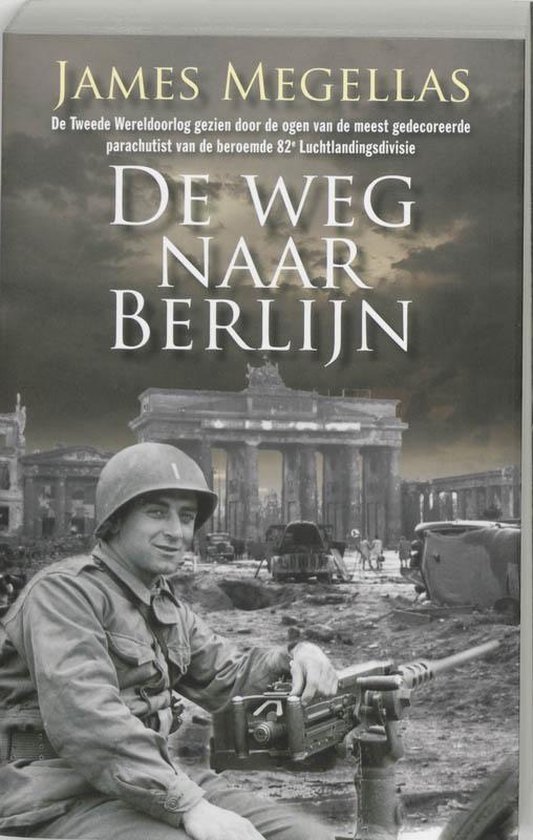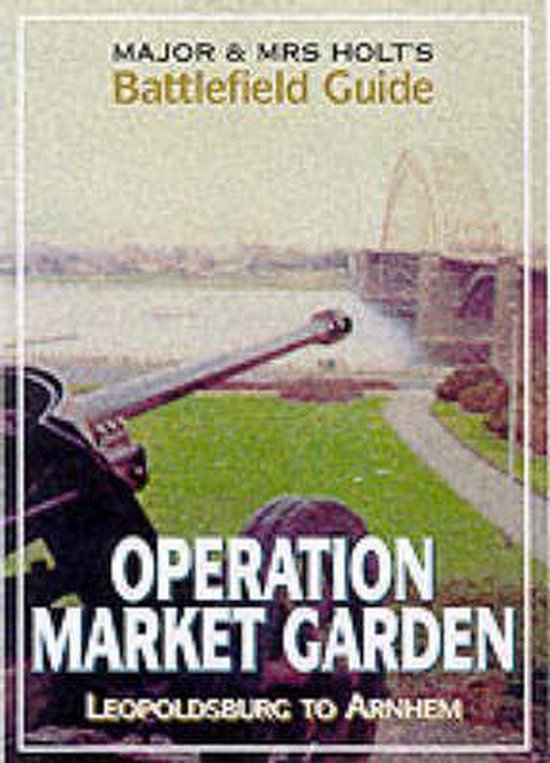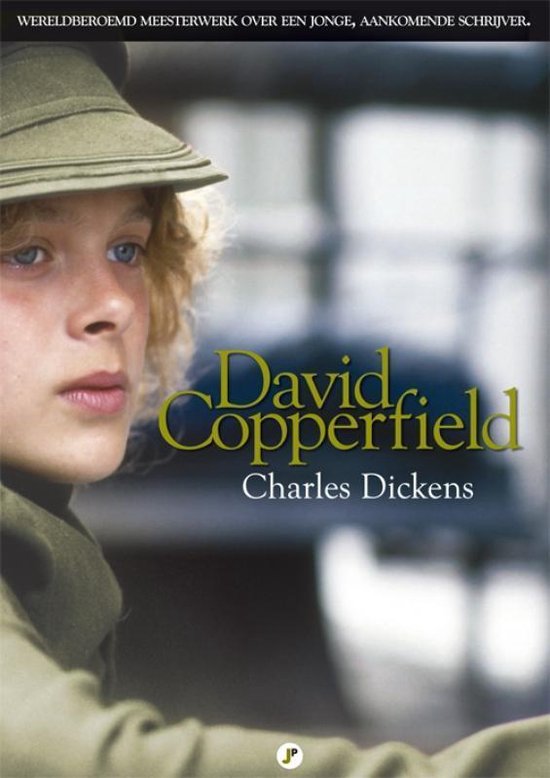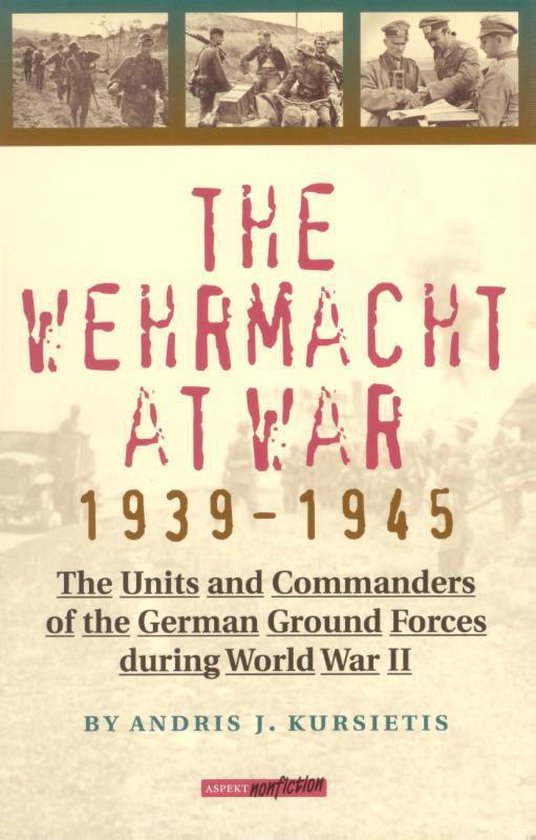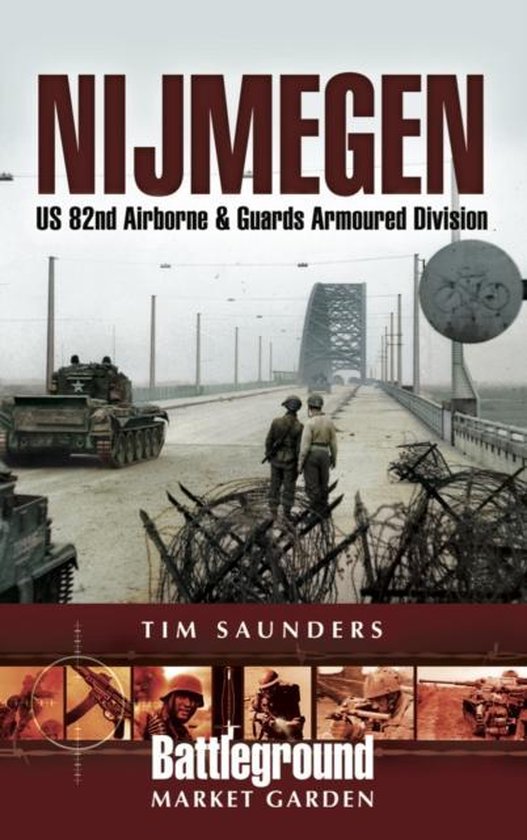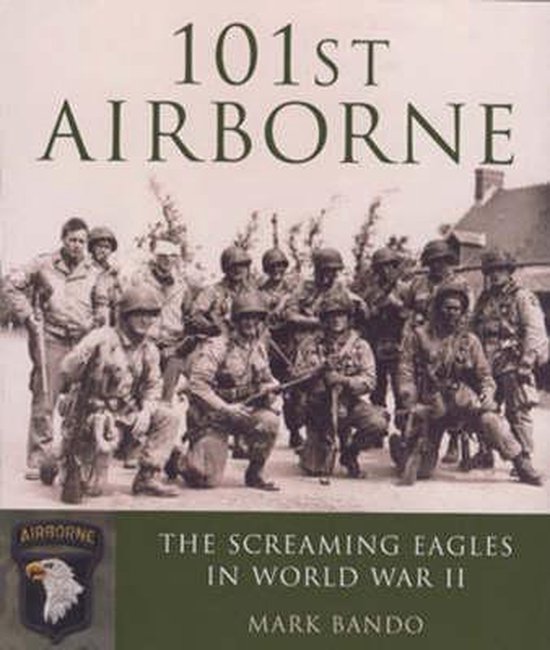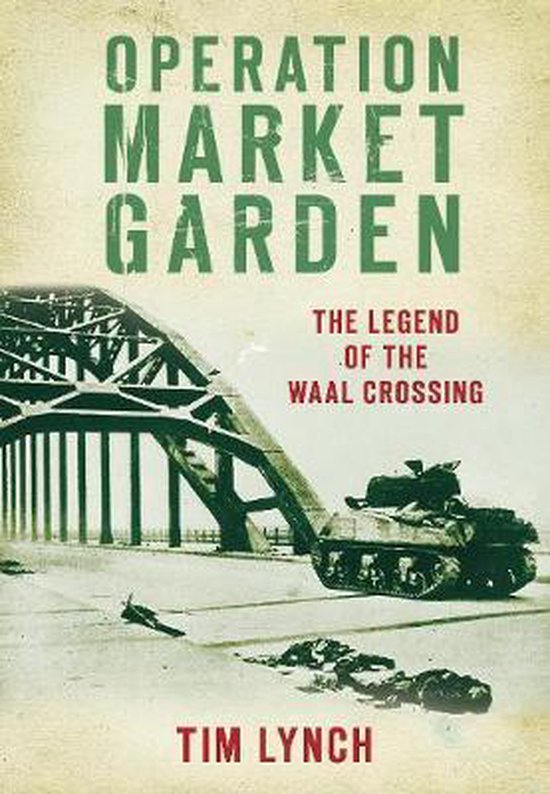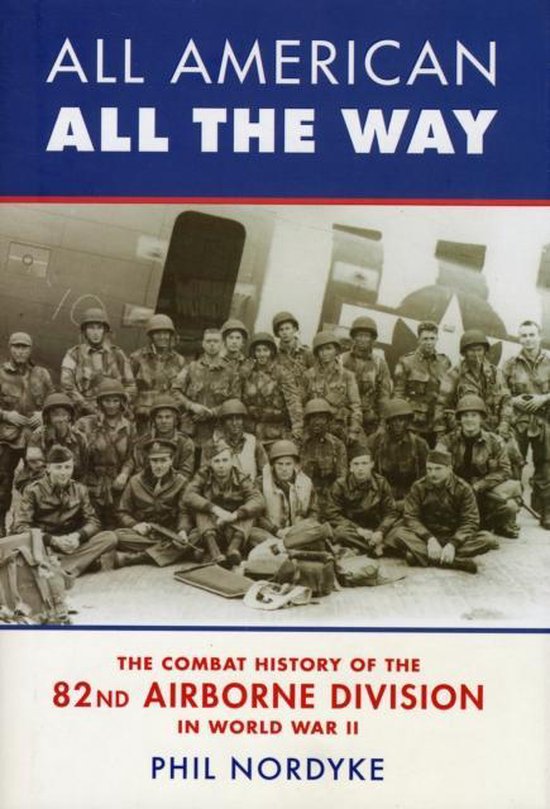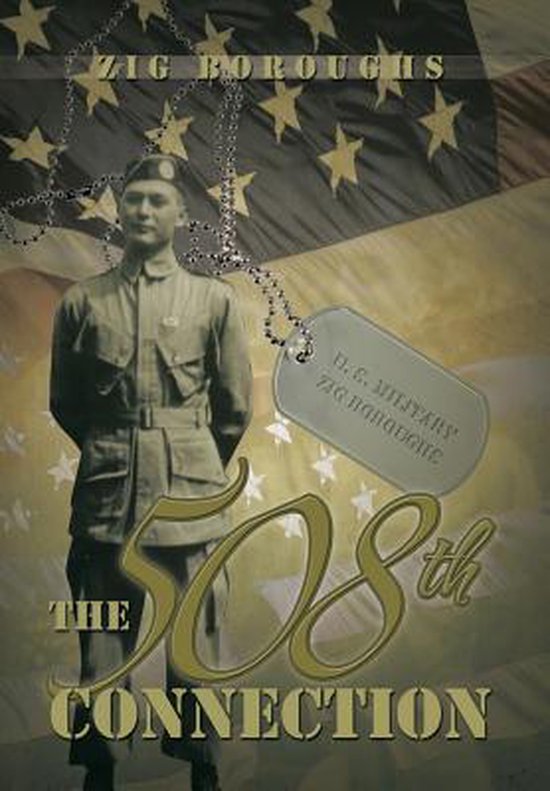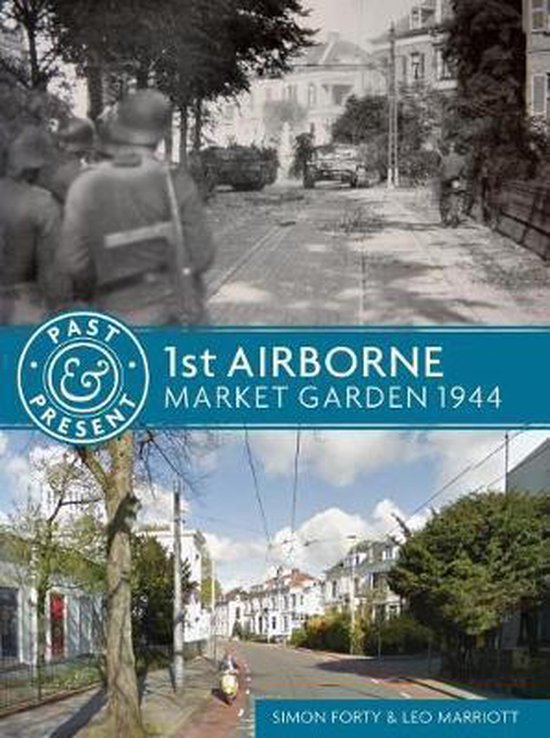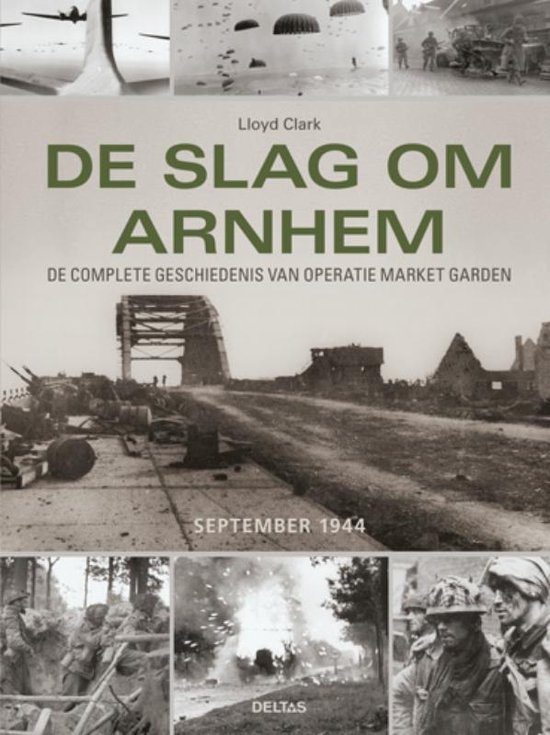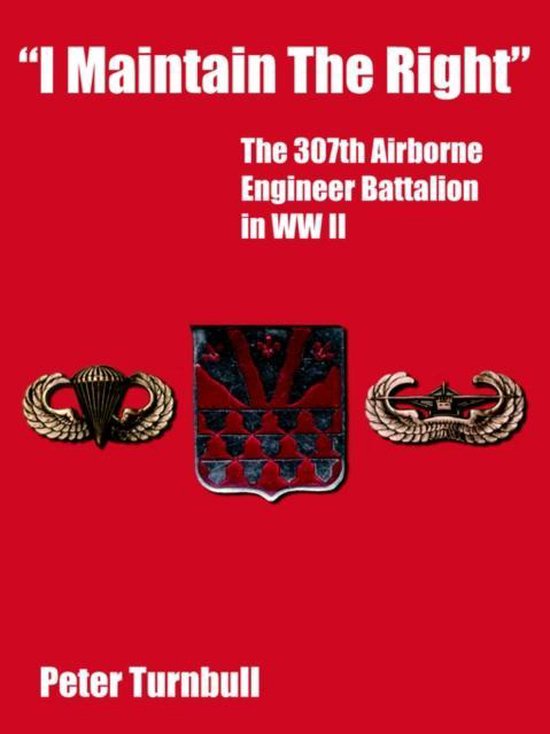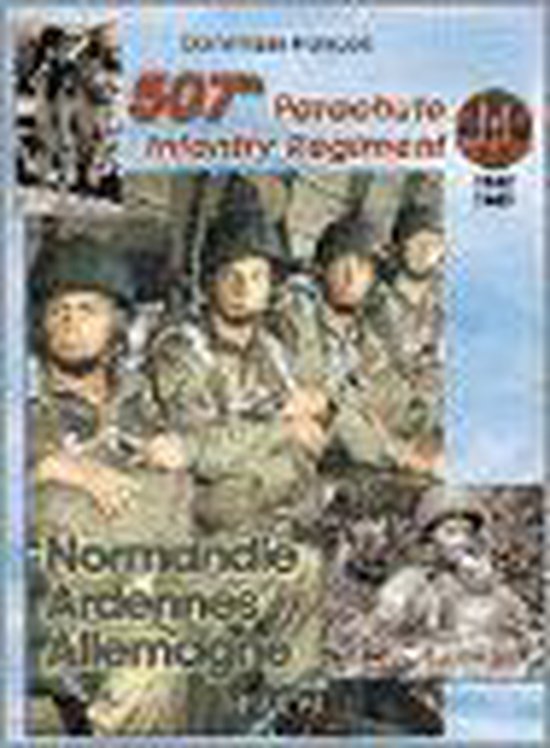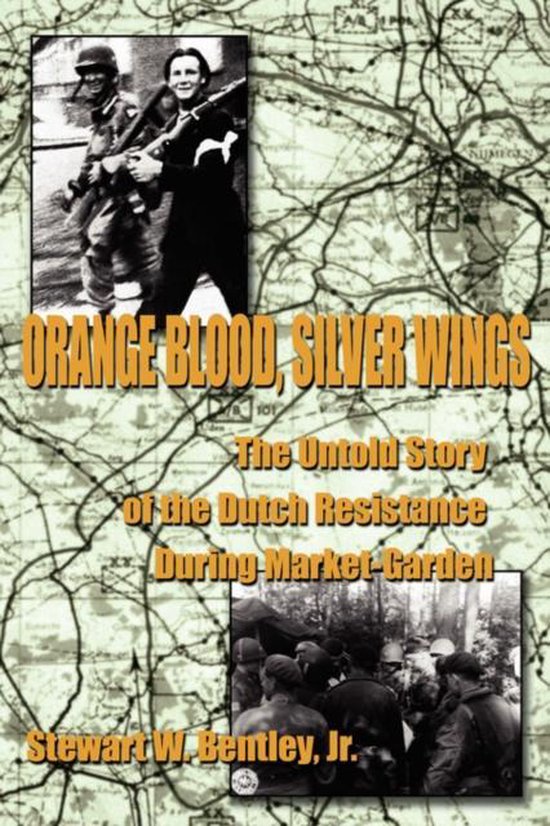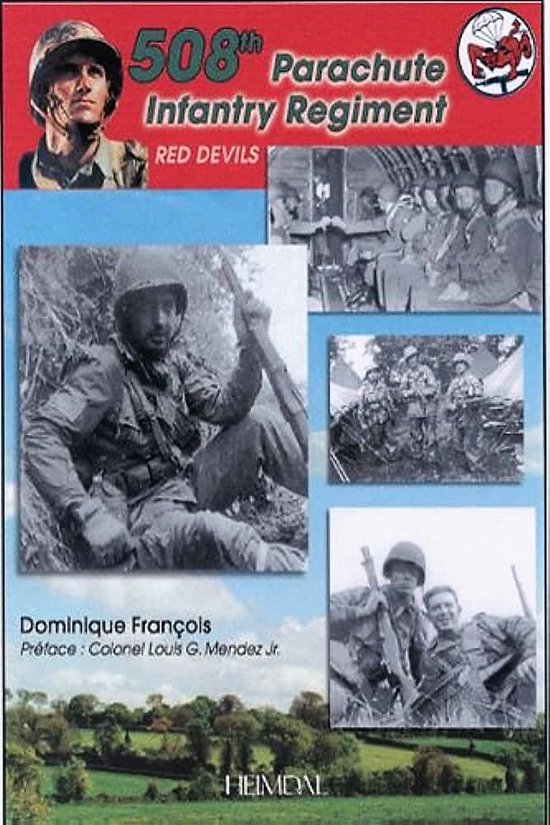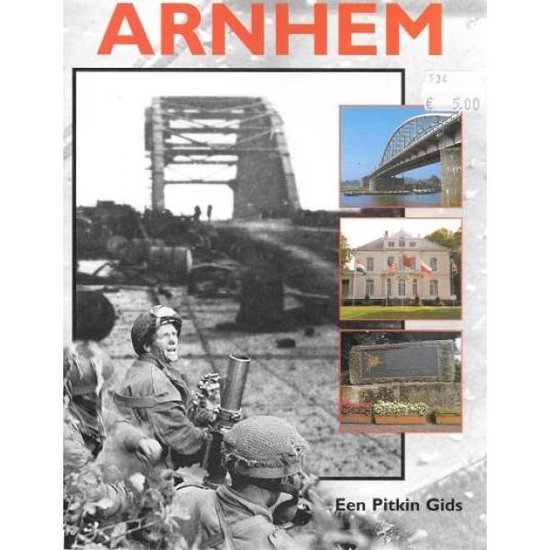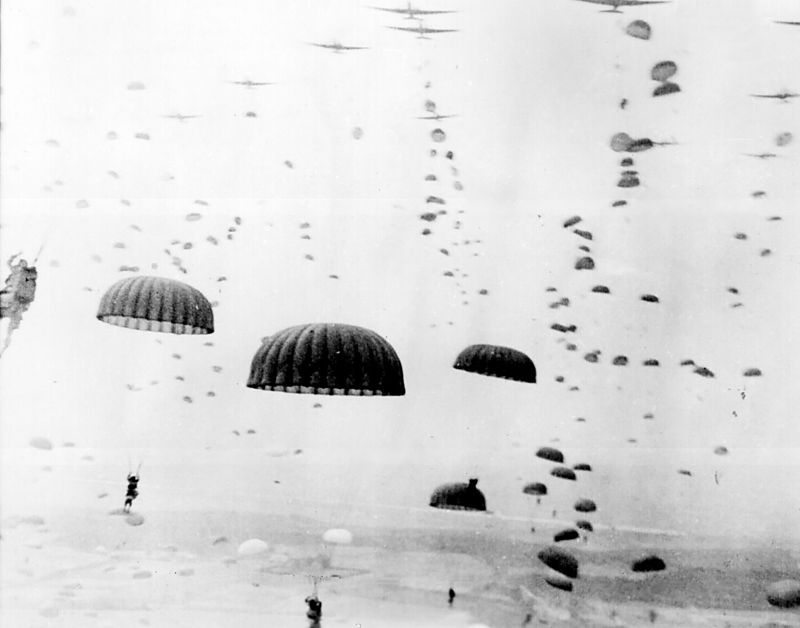Vector of Memory Crossing of the river Waal
During Operation Market Garden there was fierce German resistance on and around the bridges of Nijmegen. On the 20th of September 1944, the Allied military leaders decided to attempt to capture the road bridge not just from the south but also from the north. The Waal crossing had begun and the Americans were engulfed in a genuine barrage of fire.
On September 19 1944, the Americans wanted to advance and capture Nijmegen's two bridges. The 2nd Battalion of the 505th Regiment and the Grenadier Guards were to take the rail bridge, the road bridge and the post office. There were reports that the detonation equipment the Germans would use to blow up the Waal bridge was located in the post office. However, apart from the capture of the post office, the operation encountered difficulties.
The Waffen-SS General Wilhelm Bittrich had sent units of the 10th SS Panzer Division to Nijmegen to defend the Waal bridges there. The Americans attempted to capture the bridges at Nijmegen, and advanced to the southern Nijmegen bank of the river Waal. There they were halted. The bridges would have to be captured from the northern bank. If this did not happen, the Allied troops fighting in Arnhem could not be supported and would be lost.
On September 20th, Major Julian Cook's 3rd Battallion of the 504th Parachute Infantry Regiment were ordered to cross the Waal, and capture the bridges from the northern side. They made the river crossing in the canvas boats of the British XXX Corps, which were inadequate for the job. Once over the river, they were immediately plunged into hand-to-hand fighting. According to eye-witnesses, only 13 of the 26 boats which left the southern bank actually reached the northern side. The rest were either sunk during the crossing, or the engineers operating them were killed.
The troops who did manage to reach the northern bank then advenced towards the road bridge, bayonets fixed. The fighting was fierce, often hand-to-hand. Two hours after the river crossing, the Paras captured the rail bridge, inflicting heavy losses on the Germans. After another two hours they held the north side of the rail bridge. At last, the tanks of the Grenadier Guards could roll across the river.
Sunset March
Sunset March is a daily tribute to the Allied soldiers who fought for the liberation of The Netherlands. And especially for those soldiers who lost their lives. In 2013 the city of Nijmegen finished the construction of a new City bridge called the Crossing (Oversteek). It was constructed close to the area where US 82nd Airborne crossed the river the Waal on September 20, 1944 as part of Operation Market garden. 48 Allied soldiers lost their lives during this "Waalcrossing". The street lights on this bridge is very exceptional. On the bridge are 48 pairs of street posts. At sunset these sets of streetlights are, pair by pair, ignited at a slow marching pace. The total duration of igniting all streetlights involved lasts almost 12 minutes.
Do you have more information about this location? Inform us!
Source
- Text: Liberation Route Europe
- Photos: TracesOfWar.com
Related books
Nearby
Museum
- Infocentre WW2 Nijmegen - Nijmegen
- Freedom Museum - Groesbeek
- Information Centre: The Poles of Driel - Driel
Point of interest
- Remains Church Building of the Carmelite Monastery Nijmegen - Nijmegen
- Fire Border 024 Nijmegen - Nijmegen
- Waal Bridge Nijmegen - Nijmegen
Monument
- Memorial Waalcrossing at Nijmegen - Nijmegen
- Memorial Waal River Crossing - Lent (Nijmegen Noord)
- Liberation Route Marker 17 - Nijmegen
Cemetery
- Dutch War Grave Nijmegen - Nijmegen
- Cemetery De Teselaar - Bemmel
- Commonwealth War Graves Rustoord Cemetery Nijmegen - Nijmegen
Remembrance Stone
- Remembrance Stone Jan van Hoof - Nijmegen
- Stumbling Stones Begijnenstraat 11 - Nijmegen
- Stumbling Stones Stikke Hezelstraat 54 (formerly 46) - Nijmegen


